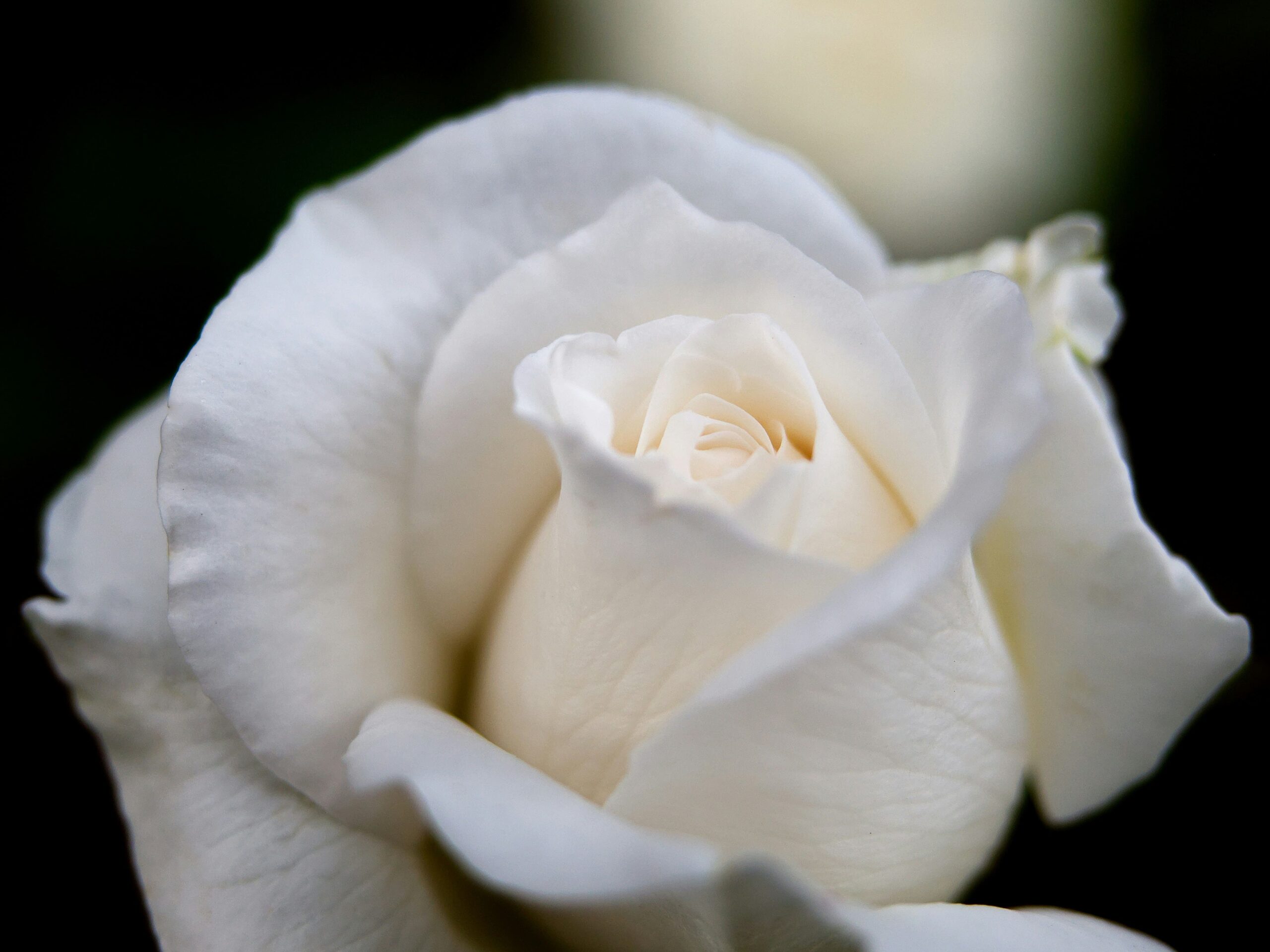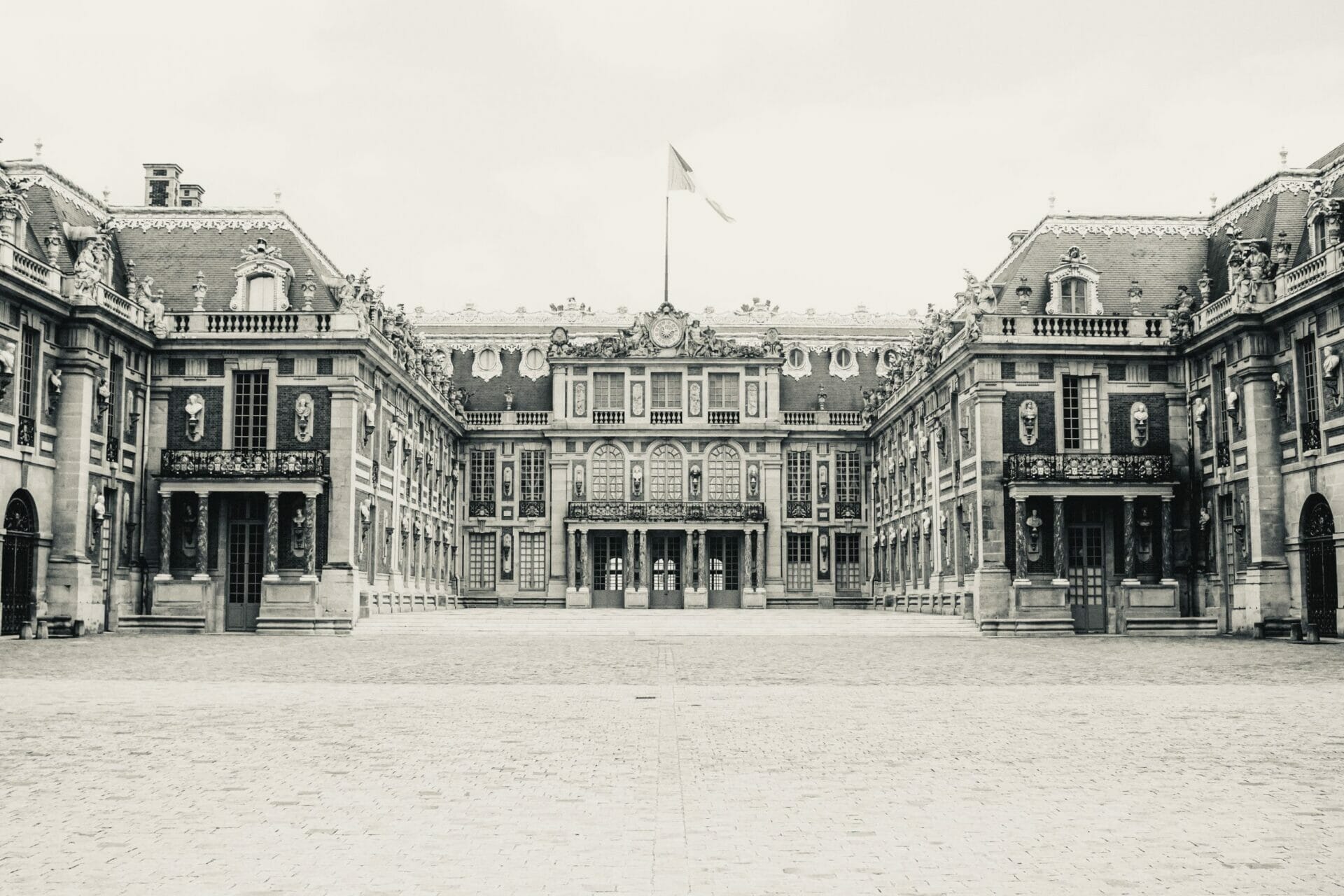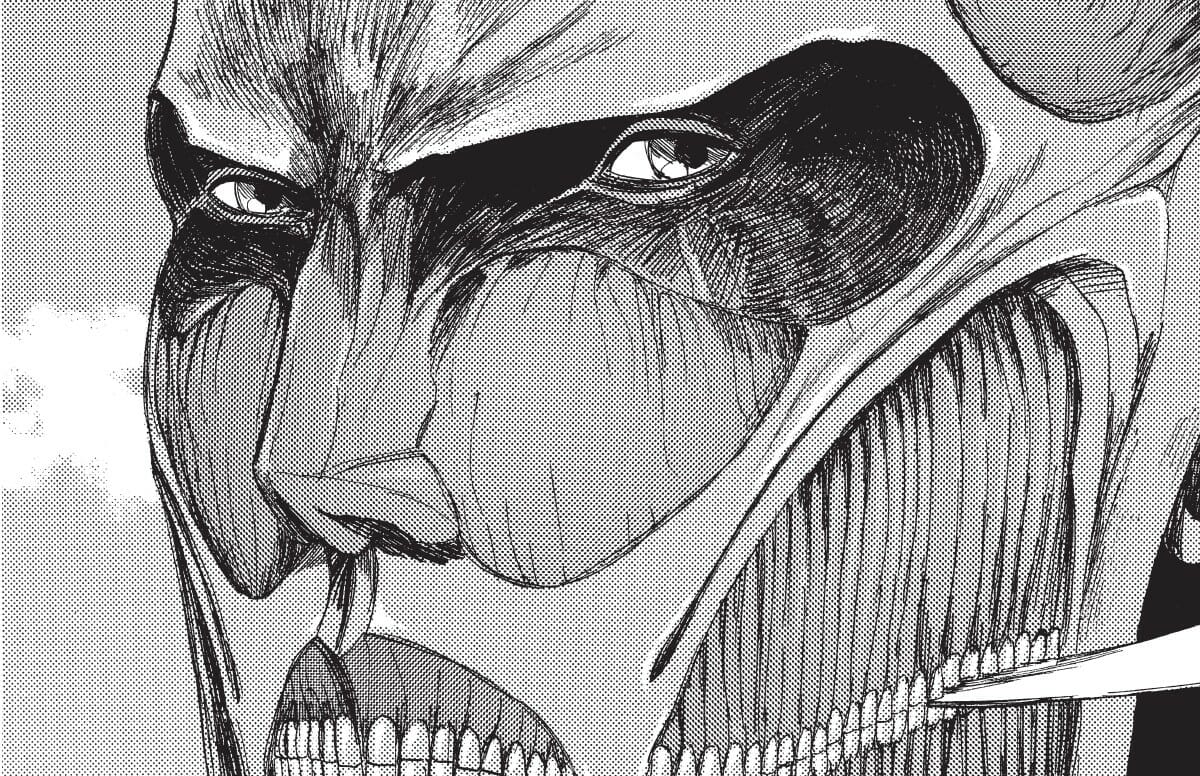
Lady Oscar, The Rose of Versailles on Netflix | A Baroque Fresco Lacking Structure
Year
Runtime
Director
Writer
Cinematographer
Country
Format
Genre
Although she wears men’s clothes, she’s also said to be the most beautiful rose of Versailles. Her name is Oscar François de Jarjayes, and she was raised as a boy with the sole purpose of protecting Her Majesty Marie Antoinette, Queen of France. And yet, a female spirit guides her actions and feelings, giving her a tormented existence.
Following its theatrical release in Japan, Netflix released The Rose of Versailles worldwide on April 30, 2025. The movie, produced by MAPPA and directed by Ai Yoshimura, is based on the 1972 popular manga of the same name by Riyoko Ikeda. It’s the second adaptation of the original work, after Jacques Demy‘s 1979 film, and the most famous anime of the same year. The latter determined the worldwide success of the story, which is still considered a masterpiece of the genre.
The Female Lights of the Ancien Régime
France, Court of Versailles, XVIII century. When the young future queen Marie Antoinette arrives from Austria, she meets her personal guard and its commander, Lady Oscar. She feels an immediate connection with her, even before she realizes that Oscar is a woman in men’s clothes. Oscar also feels a bond with the young royal that goes beyond a sense of duty; they soon become the female stars of a masculine, absolute regime, and both are called “The Rose of Versailles”.
Both women, however, face problems, albeit very different ones. Marie Antoinette can’t find satisfaction in her marriage and indulges in fleeting pleasures that arouse people’s anger. She also falls in love with the charming Count Von Fersen, who reciprocates her feelings, and flees France before the rumors get too loud. But even Oscar is not immune to his charms, and for the first time, she experiments with the effects of her female soul. She had never felt so weak, nor believed that she could feel anything for a man. Not even when André, her squire and old friend, declares to her, leaving Oscar stunned.
But while the court entertains itself with gossip and dancing, the people of Paris are starving and organizing their forces. Soon, the word revolution echoes in the city, and some worries arrive at Versailles. And when it comes to the decision, Oscar, raised to be a commander in the Royal Guard, surprises everyone: the Rose of Versailles is in line with the City Watch.
A Japanese Baroque Painting
Visually, The Rose of Versailles shows rich details that make the film look like a baroque work of art. The pomp of the royal palace, carefully restrained in the original work, is also present in the movie. However (especially in comparison to the 1970s anime), the lack of comparison to the impoverished citizen removes the expression of contrast. Hand-drawn characters and details (such as the white roses that recall the anime’s title song) overlap and exchange with CGI scenes and backgrounds. However, since digital art looks less accurate, the cinematography appears uneven. Moreover, while other live-action animations (such as Mary Poppins) use various techniques for narrative purposes, The Rose of Versailles aims only at creating a flat background.
The film shares many similarities with both Disney classics and traditional Japanese animation. If the background music is reminiscent of historical music, the songs belong to modern Japanese soft melodic rock. Furthermore, in Disney’s classics, the songs were part of the narrative, while in Yoshimura’s work, they create a pause. Although they were probably meant to enhance climax and identification, they achieved the opposite result.
The massive presence of songs that could exist outside of the story almost turns the film into a musical. On the other hand, these interruptions link to many notorious anime, such as Sailor Moon, where the story stops every time a character becomes a superhero or transforms.
The Ghost of an Untold Revolution
Compared to Ikeda’s story and the anime, the film appears as a sequence of tableaux vivants. Yoshimura eliminates many secondary characters or reduces their roles to mere appearances. As a result, the main characters, including Oscar and Marie Antoinette, appear flat and without any real inner contrasts. Even their backstories remain untold, robbing their actions of the depth they deserve. Both anime and manga deal with themes such as feminism, female power, and social inequality, and convey a sense of historical revolution through an emotionally powerful narrative. Their protagonist, especially after she joins the City Watch, turns out to be the revolution and the desire for freedom, reminiscent of Eugène Delacroix’s Liberty Leading the People (1830).

The same happens with their relationships because there’s no time to develop them properly. The story between Oscar and André, far from the tortured and passionate love portrayed in the show, is rushed and unclear. As a result, many events and reactions are almost incomprehensible for those who don’t know the story yet.
However, Matt Schley points out in his review for The Japan Times, The Rose of Versailles results in a lavish yet empty chest. Much like Netflix’s The Leopard, the film attempts to modernize an ancient story but distorts it. In particular, the script’s choices result in a forced narrative that is artificial and unable to engage. The ghost of an epic figure of a legendary revolution is reduced to a baroque, empty painting, easy to forget.
Tag
Buy a ☕ for Hypercritic










